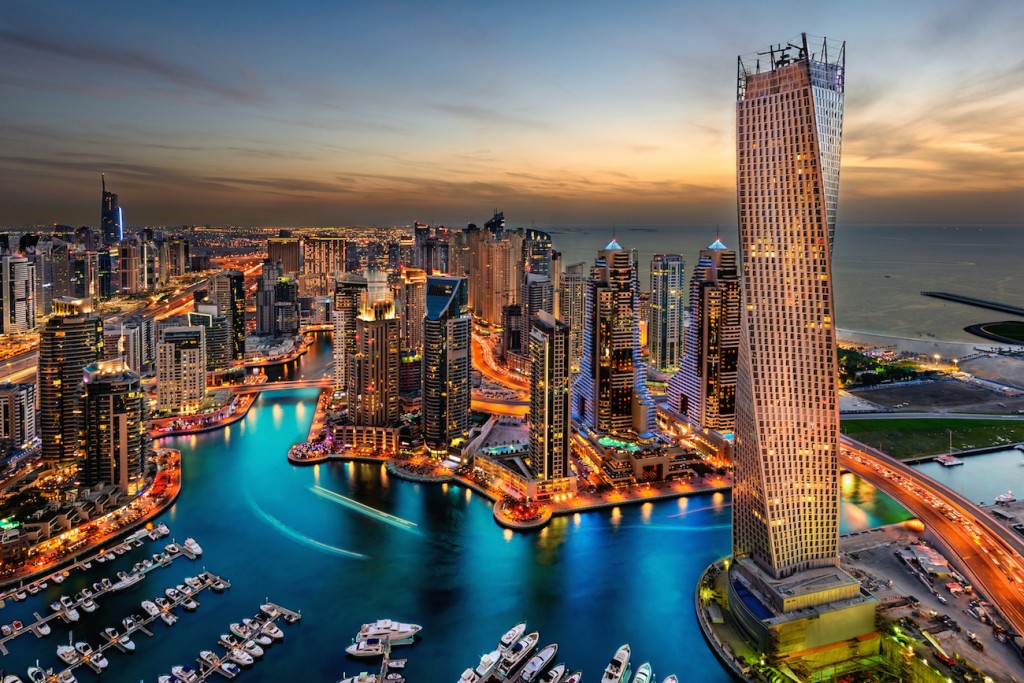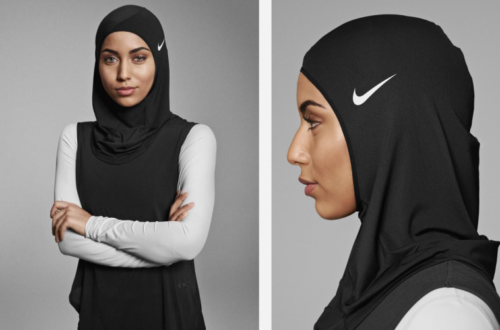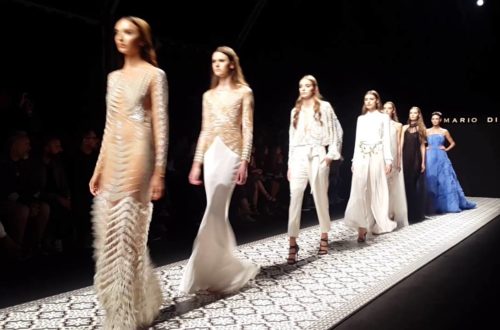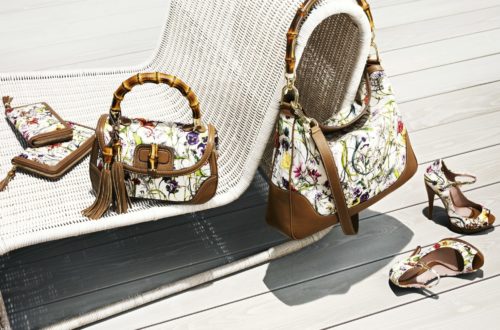Dubai as the capital of a new-born fashion industry? Here is why I think it is possible.

1. THE RETAIL MECCA
Dubai’s alluring and exotic modernity is tempting travellers from all over the world, making it one of the most desired holiday destinations. Market data are astounding: according to Bain’s luxury report, the Middle East is the tenth largest luxury goods market, with sales exceeding 6 billion euros. Dubai alone accounts for 30% of this amount. Those consumers bear an international trademark: market studies demonstrate that the city is the second favourite shopping destination in the world, overstepping even NYC. This success is partly due to Dubai’s affirmation as an international travel hub and due to its retails moguls (like Chalhoub Group) pouring money into the mall business: the mall is a peculiarity – and a climate necessity for the hottest season – of the region, and leverages on the shopper-entertainment concept.
What do we have then? A harsh climate of lavishness, multicultural shopping frenzy and an exuberant amount of money. Are they sufficient to build a fashion capital? They may be the prerequisites, but they are certainly not enough.
2. THE ARAB THOROUGHBRED

The skeptics claim that a city “without culture and history” will never be able to provide the fertile ground for a proper fashion industry to blossom. This remark is at odds with reality, since most of the elements that characterize the UAE’s culture are embedded in luxury itself. The Arabs have taste, attention for details, they love shopping and they love shopping expensive. They appreciate real experience, real knowledge, real storytelling. Their culture of hospitality is being translated in the store experience. And what is luxury if not storytelling, pampering and a touch of opulence?
But again, passive shopping does not make a fashion capital. Moreover, the Islamic conservatism doesn’t seem to be that cozy endroit that leaves freeway to fashion exuberance. Dubai is considered to be the most liberal place in the Middle East, but a society that outlaws homosexuality and still limits the empowerment of women puts a big question mark on the matter. But it’s right here that I see the potential. Conflicts, contracts and oppositions have given birth to the most exciting stories in the world history. That’s how the will of younger generations to express themselves and the need to have a culturally accepted attire can give rise to fashion innovation and new trends: that’s what’s been called “modest fashion”. Still not convinced? The Islamic clothing industry is expected to comprise 11% of global spending in the next years.
Ah, I forgot to mention that 1/3 of haute couture exists thanks to the Arabs. Why shouldn’t they want homemade luxury?
3. MONEY CAN BUY (CITY) STATUS

The main problem of Dubai affirming itself as a fashion capital is the lack of prominent creative forces. The region is investing massively on its future, and there are good reasons to believe that it could do the same to develop a fashion industry.
Franca Sozzani’s Vogue Fashion Dubai Experience reached its third edition; this event, together with the recently established Dubai Design Week and Fashion Forward Dubai, are serving as a launching platform for local fashion designers. Moreover, the Dubai Design & Fashion Council is investing in a new educational institution and a real estate cluster – The Dubai Design District – which should become a place where fashion start-ups, art and design meet and influence each other. Rumors about the potential launch of Vogue Arabia in 2017 are embellishing this bucolic portrait.
Starting for scratch could also give Dubai a singular advantage in a field where the traditional fashion capitals are struggling: room for newcomers.
Dubai will surely need to make some efforts in attracting and retaining creativity and in developing a manufacturing network within the whole MENA region. Skeptics or not, Dubai is certainly worth to keep an eye on.
by Francesca Magri






